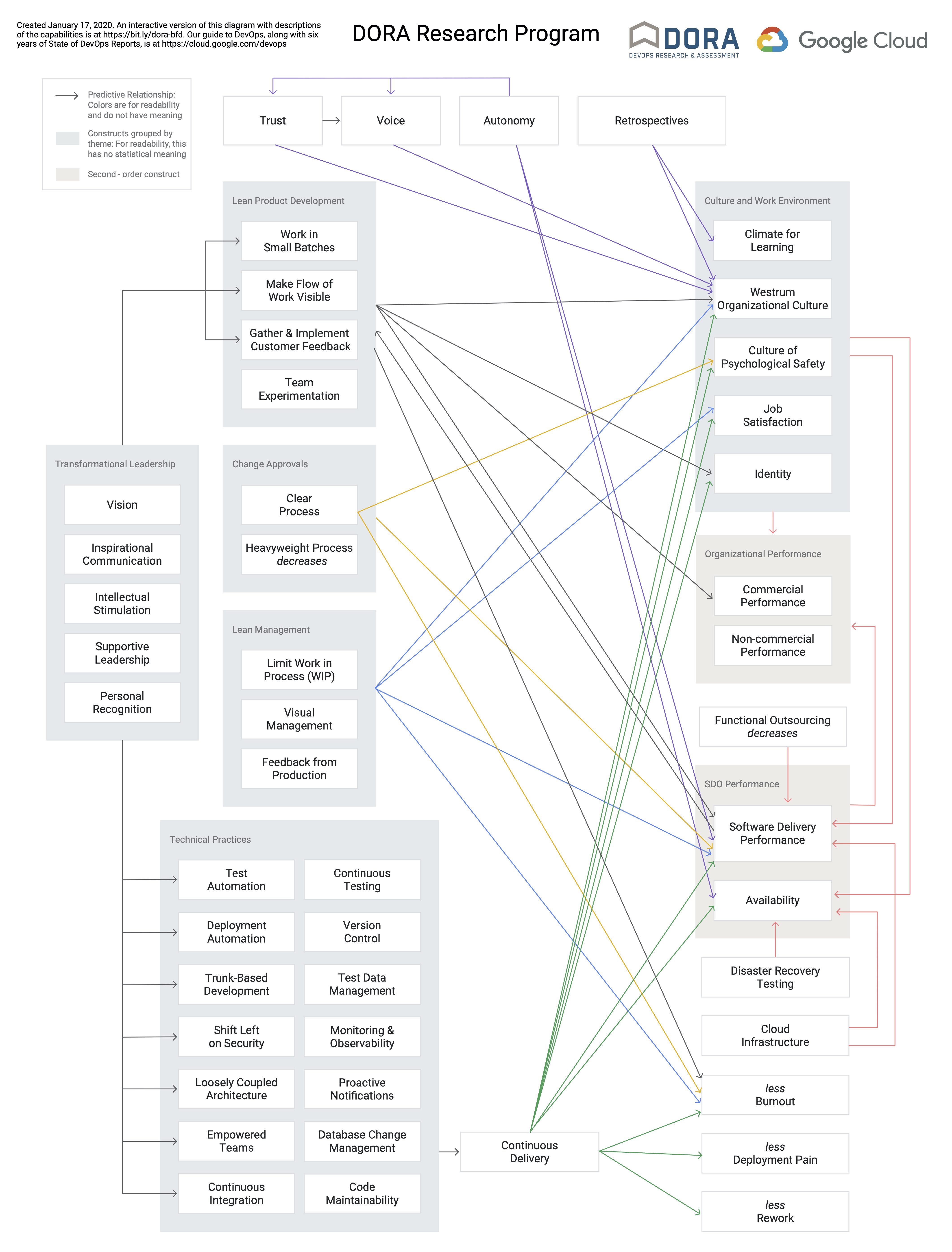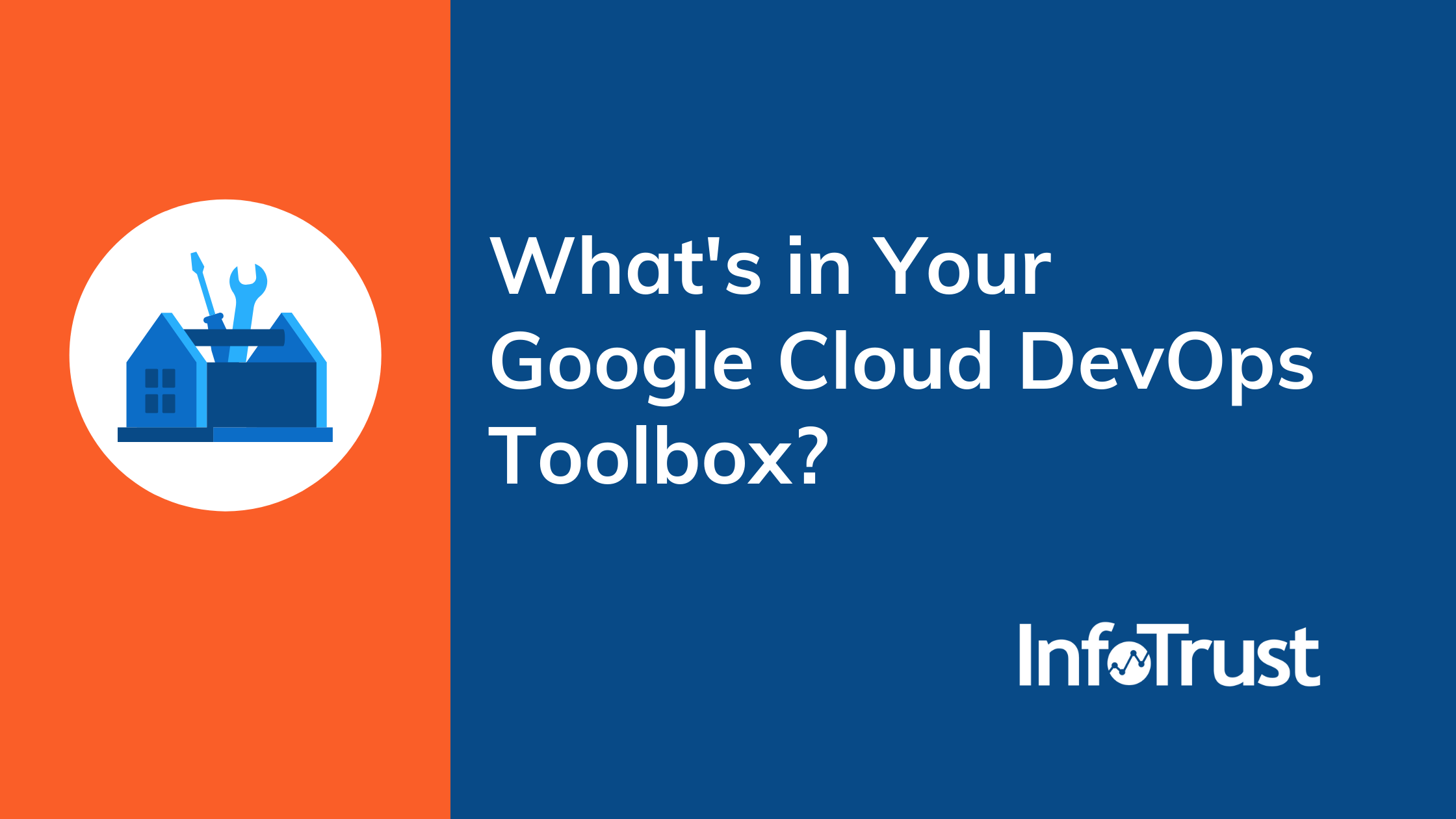DevOps is not just a technology, but rather a mindset change which tries to balance release velocity with system reliability. It aims to increase an organization’s ability to continuously deliver reliable applications and services at a high velocity when compared to traditional software development processes.
DevOps automates processes and supports builds, tests, and deployments between software development and IT operations. This methodology also breaks down a wall between developers and system administrators or operators.
Site Reliability Engineering (SRE) is a learning discipline that prioritizes cross-functional communication and psychological safety, the same values that are at the core of the performance-oriented generative culture of DevOps teams.
SRE or DevOps—Which Is Right for You?
Do I need to choose one or the other? Which one is better? In truth, there’s no conflict here; SRE and DevOps are highly complementary, and our research demonstrates their alignment. Keep this mantra in mind: “DevOps is just an idea and SRE is its implementation.”
Five DevOps pillars and the corresponding SRE practices:
| DevOps | SRE |
|---|---|
| Reduce organization silos | Share ownership with developers by using the same tools and techniques across the stack |
| Accept failure as normal | Have a formula for balancing accidents and failures against new releases |
| Implement gradual change | Encourage moving quickly by reducing costs of failure |
| Leverage tooling & automation | Encourages "automating this year's job away" and minimizing manual systems work to focus on efforts that bring long-term value to the system |
| Measure everything | Believes that operations is a software problem, and defines prescriptive ways for measuring availability, uptime, outages, toil, etc. |
DevOps Products and Integrations
Cloud Build
Cloud Build is a service to build and create artifacts based on the commits made to source code repositories.
- Extremely fast builds – Access machines connected via Google’s global network to significantly reduce your build time.
- Automate your deployments – Create pipelines as a part of your build steps to automate deployments. Deploy using built-in integrations to Google Kubernetes Engine, App Engine, Cloud Functions, and Firebase.
- Support for multi-cloud – Deploy to multiple clouds as a part of your CI/CD pipeline.
- Unparalleled privacy – Run builds on infrastructure protected by Google Cloud security. Trigger fully managed CI/CD workflows from private source code repositories hosted in private networks, including GitHub Enterprise.
Artifact Registry
- Universal build artifact management – As the evolution of Container Registry, Artifact Registry is a single place for your organization to manage container images and language packages (such as Maven and npm).
- Secure and consistent – Set up secure, private-build artifact storage on Google Cloud in minutes. Maintain control over who can access, view, or download artifacts with registry-native IAM roles and permissions.
- Automate building and deployment – Automatically build and upload artifacts to private repositories when you commit code to Cloud Source Repositories, GitHub, or Bitbucket.
- Native artifact format support – Create multiple repositories under a given Google Cloud project. Push and pull Docker images, Maven, and npm packages from your private repositories in Artifact Registry using standard command-line interfaces.
- High performance and availability – Create regional private repositories around the world and store artifacts close to your compute instances anywhere Google Cloud is available.
- Vulnerability scanning insights – Detects vulnerabilities in container images pushed to Artifact Registry repositories. Ensure your container images are safe to deploy.
- Prevent deployment of risky images – Define deployment policies in Binary Authorization to ensure only approved container images can be deployed.
Binary Authorization
Binary Authorization is a deploy-time security control that ensures only trusted container images are deployed on Google Kubernetes Engine (GKE) or Cloud Run
- Enforce standardized container release practices – Using Binary Authorization, DevOps teams can gain assurance that only explicitly authorized container images will be deployed.
- Put proactive security measures in place – Binary Authorization helps DevOps teams implement a proactive container security posture by ensuring only verified containers are admitted into the environment and that they remain trusted during runtime.
- Native GCP integration – Binary Authorization integrates with the GKE and Cloud Run control plane to allow or block image deployment based on the policies that you define.
Google Cloud’s Operations Suite (Formerly Stackdriver)
Integrated monitoring, logging, and trace managed services for applications and systems running on Google Cloud and beyond.
Real-time log management and analysis
- Cloud Logging is a fully managed service that performs at scale and can ingest application and platform log data, as well as custom log data from GKE environments, VMs, and other services inside and outside of Google Cloud.
Built-in metrics observability at scale
- Cloud Monitoring provides visibility into the performance, uptime, and overall health of cloud-powered applications. Collect metrics, events, and metadata from Google Cloud services, hosted uptime probes, application instrumentation, and a variety of common application components.
- Managed Service for Prometheus (in Preview) is a fully managed Prometheus-compatible monitoring solution, built on top of the same globally scalable data store as Cloud Monitoring.
Application Performance Management (APM) combines the monitoring and troubleshooting capabilities of Cloud Logging and Cloud Monitoring with Cloud Trace, Cloud Debugger, and Cloud Profiler to help you reduce latency and cost so you can run more efficient applications.
Google has also partnered with the third-party cloud migration tools (such as CloudEndure, Velostrata and CloudPhysics, Google Transfer Appliance, and Google BigQuery Data Transfer Service).
Cloud Sprint, helps customers assess, plan, and live-migrate their VMs to Google Cloud Platform (GCP) essentially for free. On other cloud providers, some of these tools cost several hundred dollars per VM. Google is clearly making migration to GCP as easy as possible. For more information, see the comparison below.

To conclude, DevOps and SRE are not something that belongs solely to web companies or small start-ups, nor are they something that applies only to development and operations teams. More than just a sea change around software development practices, the principles and ideas found in the four pillars touch all parts of an organization, and can be used even by large enterprises or government agencies.


